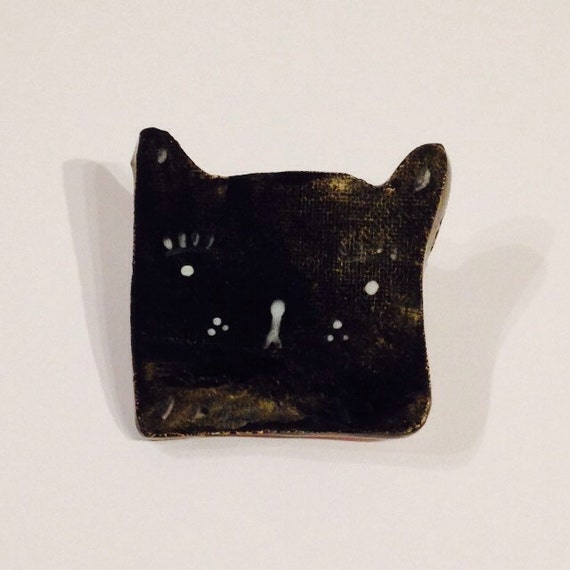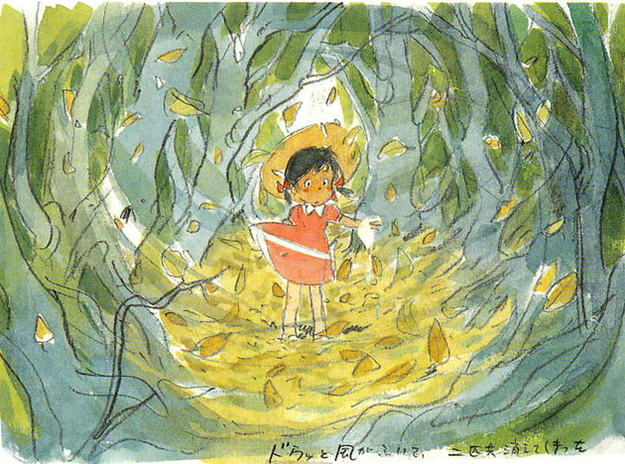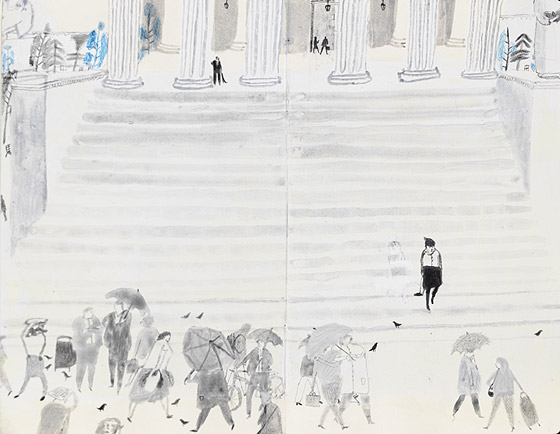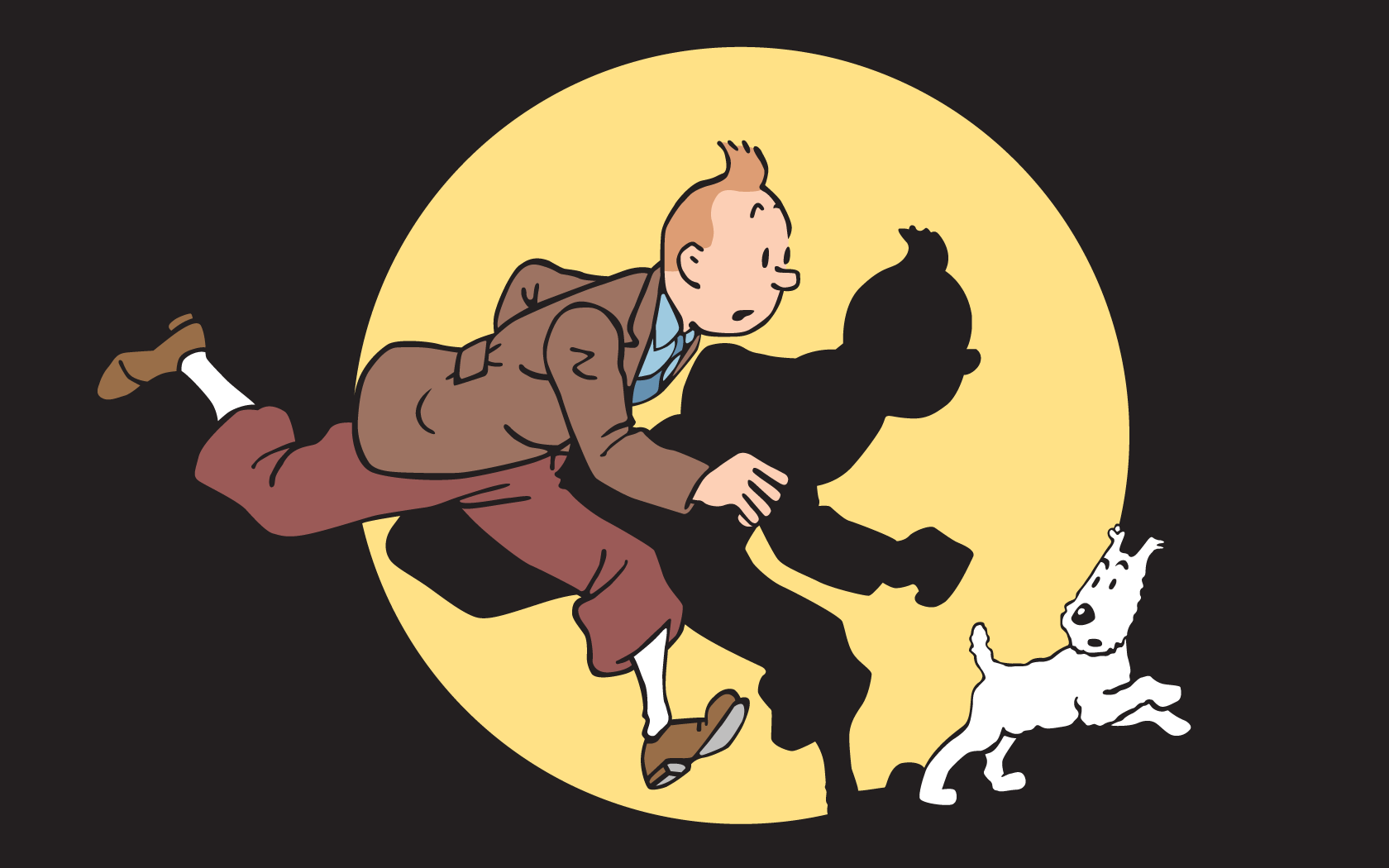How sad are you? Sad Magazine takes a sideways look at the grimness of modern life. Sad people value the 'just okay' because sometimes that's enough.
This was a really enjoyable and useful session. The more we discuss this idea, the more I feel that we may have actually hit on something very exciting. Perhaps this excitement is just due to the fact that I a interested in the publishing industry anyway, and that is where I can see myself heading in the future, but I'm glad we all seem to be genuinely invested in the concept of Sad Mag.
We didn't manage to get together over the last fortnight because of external circumstances getting in the way, but have all agreed to set aside Monday afternoons, from now on, as a time for us all to regroup, catch up, and move forward with this project. We have also put a group messaging platform in place so we can keep communicating over the Christmas break!
Monday 30 November 2015
Life's a Pitch: Sad Mag buisness concept
What is your business idea?
Sad Mag is a publication that takes a sideways and celebratory look at the grimness of modern life. Has a focus on good design (and is a nicely put together, well thought out object), but is not about design.
How did you come up with it?
By chance - the words "a sad magazine" just came up in conversation and we all agreed that they were funny, and had a certain melancholic humor, and this collection of words just seemed to generate ideas. A lucky strike!
What excites you about it?
Sad Mag is a publication that takes a sideways and celebratory look at the grimness of modern life. Has a focus on good design (and is a nicely put together, well thought out object), but is not about design.
How did you come up with it?
By chance - the words "a sad magazine" just came up in conversation and we all agreed that they were funny, and had a certain melancholic humor, and this collection of words just seemed to generate ideas. A lucky strike!
What excites you about it?
- It's exciting to put something creative and cared about out into the world, that is not just for an audience of creatives. We want Sad Mag to appeal to whoever needs it.
- The idea is quite broad and as such has room to grow, change, adapt.
- An excuse for lots of play! We all agreed that it would be nice to tackle something with of humor and self-awareness, as it would push all of our practices in a different direction.
What industries do you belong to?
- Publishing/indie publishing
- Retail
- Entertainment (?)
What improved/new features do you provide? Something better? Something different?
We hope to provide something that is humorous, raw, and self-aware, but that is perhaps a bit subtler that a competitor like Vice, which is far brasher in its approach.
What/who is the market?
- People who like to invest in publications
- People who can laugh at the world, at others and, most importantly, at themselves.
- People who are fed up with 'aspirational' lifestyle magazines.
Who are your competitors?
Other 'nice' mid-range publications with a lifestyle focus
Life's A Pitch: Sad Mag
Although we started out with an idea for a publication that would celebrate young, up-and-coming talent, this quickly slid into territory we were all unhappy with. We realised that a publication of this sort would have to be a not-for-profit publication, and therefore we couldn't charge for it, and thus couldn't actually sell it. This got us looking at non-profit business models, and how we could distribute/circulate our publication to the right people, so it would have any form of impact. We started thinking about the role that the web could play in this, and creating a forum/online community. However, we all realised that none of us were particularly excited about this idea, and it had become so far removed from our original intentions.
After we hit this wall we decided to take a step back to look at what we were really interested in - publications. Obviously, publications is a very broad field, and as we knew we would have to find an interesting and marketable USP (unique selling point), we started talking about niche publications, publications that had an essence that filled a specific market gap but without being too specific, as we thought that something too specific could mean that our ideas ran dry pretty quickly.
The idea that we arrived at was 'Sad Mag'. Someone mentioned a "sad magazine" as an offhand comment, and we all seemed to agree that this was actually a very funny and engaging idea. Sad Mag wouldn't actually be that sad at all, but would be self-knowing, and slightly tongue-in-cheek. A sideways look at the grimness of life for the modern young.
Business haiku:
Good pictures, bad feels
Have a salty laugh, it's great,
The future is bleak
After we hit this wall we decided to take a step back to look at what we were really interested in - publications. Obviously, publications is a very broad field, and as we knew we would have to find an interesting and marketable USP (unique selling point), we started talking about niche publications, publications that had an essence that filled a specific market gap but without being too specific, as we thought that something too specific could mean that our ideas ran dry pretty quickly.
The idea that we arrived at was 'Sad Mag'. Someone mentioned a "sad magazine" as an offhand comment, and we all seemed to agree that this was actually a very funny and engaging idea. Sad Mag wouldn't actually be that sad at all, but would be self-knowing, and slightly tongue-in-cheek. A sideways look at the grimness of life for the modern young.
Business haiku:
Good pictures, bad feels
Have a salty laugh, it's great,
The future is bleak
Thursday 19 November 2015
Thought Bubble
Spent the weekend with some illustration pals manning the LCA table at Thought Bubble, and it was really good fun! We managed to sell a good number of zines and has some really positive feedback about the high quality of the things we had with us.Got the opportunity to talk with a lot of interesting names, some that I already admired and was keen to meet, like Eleni Kalorkoti and Matt Swan, but also some people that I wasn't aware of before - Dan Berry AKA Things by Dan is a true gem.
It was really nice to see some of Level 6 having success with their stalls as well. I don't think that I'd try to make my work to Thought Bubble, but I'd definitely be interested in working as an official volunteer next year. A weekend well spent.
It was really nice to see some of Level 6 having success with their stalls as well. I don't think that I'd try to make my work to Thought Bubble, but I'd definitely be interested in working as an official volunteer next year. A weekend well spent.
Monday 9 November 2015
Study Task 3: Sectors and Services
Veronica Lawlor's reportage illustration of 9/11
Lawlor was the only artist the draw on-the-spot on September 11th 2001, as the towers came down. These pictures were later exhibited in Newseum, America's national museum of journalism. Newseum itself is part of the Public Sector as entry is free of charge to the general public, and states its mission as being to "raise public awareness of the important role of a free press in a democratic society".
Ceramic cat pin badge by Alex Sickling
Sickling works as a freelance practitioner, primarily within the 'crafts' subsection of the creative industries. As her online shop provides a service designed to generate a profit for her gain, it is part of the tertiary sector. I would hesitate to say that these small pin badges could be included as part of the fashion industry - although they are wearable items - as they are not produces via mass production, and are only retailed through Sickling's personal online store.
Sickling has quite a strong online presence, across several internet platforms. Her output also falls neatly into the recent resurgence of the handmade, industry. This could be seen as a success on her part, however it could also mean that her work runs the inevitable risk of trendiness, of becoming a bit diluted by a mass of similar work.
Concept art for Studio Ghibli's My Neighbor Totoro
Having been produced for an animation studio, this concept art is an example of Digital Film and Animation as a discipline within the Creative Industries, as well as being included in the entertainment industry and, by extension, the Tertiary sector.
Obviously, Studio Ghibli are a massively successful company, and My Neighbor Totoro has become a cultural icon, widely regarded as both one of the greatest 'world' films ever, and one of the greatest animated films ever.
Editorial illustration by Laura Carlin
This illustration, accompanying an article entitled Inside a Rape Trial, appeared in The Guardian newspaper, therefore is included in the Tertiary sector of the service industry. As a paid-for newspaper, this illustration also sits within the Private sector.
As part of the Creative Industries, I guess this illustration is in the 'publishing' sub-domain.
This illustration as a piece of visual art can be measured as successful as it was the illustration that Carlin was awarded the V&A Editorial Illustration award for in 2006.
Character design for Nintendo game Animal Crossing
Animal Crossing is a game designed for and published by the games giant Nintendo, making it part of the Tertiary sector, and part of the game sector of the Creative Industries. It could also be called part of the 'Software, Computer Games and Electronic Publishing' sub-section of the Creative Industries, and could it maybe also be included as Animation (though I'm not sure about this one?)
The Animal Crossing game franchise has been both critically and commercially successful, having sold over 23 million units worldwide, and making a lot of money for Nintendo. The game has also had a cultural impact, and several of the characters now exist across various Nintendo game platforms.
Friday 6 November 2015
Zine finished!
Got my zine all printed, finished and ready for Thought Bubble. I'm actually quite proud of this, and took a lot of care (maybe a bit too much - could that time have been better spent else where?) putting it together. I'm using so much ink at the moment, both in this and in 504, and really really enjoying it. Hopefully this is marking a bit of regeneration in my practice, I intend to keep pushing it, and learning about what I can do with it as a medium.
Tuesday 3 November 2015
PPP 02/11
Today's session was to get us thinking more about illustration applied to a wide variety of jobs, existing in the real world.
It was great to get started thinking about Life's a Pitch as well, as I think I'm part of a really strong team, made up of a dynamic group of individuals, all of whom have different interests, skills, specializations and opinions,. I think that together we have the chance to really get a lot out of this.
Sunday 1 November 2015
Reflective Practice and Professional Contexts: III
Character and Narrative:
Tintin (and Snowy) - protagonist of Hergé's The Adventures of Tintin comic series, one of the most popular European comic book series of the 20th Century. The character has since gone on to appear in cinema as well, and is still widely read and respected the world over.

Tintin (and Snowy) - protagonist of Hergé's The Adventures of Tintin comic series, one of the most popular European comic book series of the 20th Century. The character has since gone on to appear in cinema as well, and is still widely read and respected the world over.
Microsoft's Clippy - The original computer mascot. Clippy's role was to aid users of Miscrosoft by communicating directly with the user, in response to coded prompts, to make the user experience as accessible as possible.
Animal Crossing - Characters from a Nintendo game. Video game design, a virtual world to entertain
Studio Ghibli concept art - preliminary concept art for the animation studio, with the purpose of informing the animators, and helping to generate new ideas.
P R O D U C T & P A C K A G I N G
Charlotte Mei's 'ceramic selfie'
Personalised cermaic knick-knack/3-d illustration for decorative purposes only

Mr Bingo's Camden Ale design
Eyecatching label design, a promo tie-in with the Hate Mail series, to entertain (?)
Carson Ellis' cover for The Decemberists' album Castaways and Cutouts.
Album artwork
Pin badge by Alex Sickling
Found in her gift store/online shop, to be worn but also decorative?
Tote bag by Julia Pott
Fashion/textiles, functional - to be used/worn/storage etc
E D I T O R I A L & R E P O R T A G E
Veronica Lawlor - 9/11
Reportage illustration made on the day of the 9/11 attacks in New York City. To communicate the truth of the spectacle. These drawings were taken on-the-spot, as the towers were falling.
Lizzy Stewart for The New York Times
Editorial illustration, to accompany an article about the rise in couples attending sex therapy sessions
Oliver Kugler - reportage illustration about the inhabitants of London's East End, to inform. Published in The Guardian in 2006
Laura Carlin for The Guardian. Editorial illustration to accompany the article 'What Happens Inside a Rape Trial'. Printed page.
George Butler reportage illustration, to accompany a report on the 2012 Syrian conflict
Subscribe to:
Posts (Atom)













